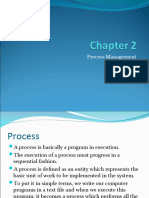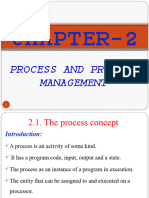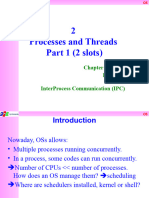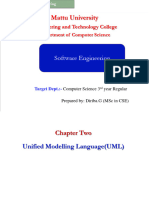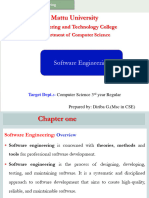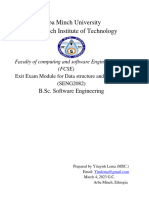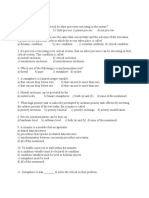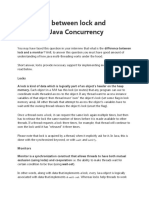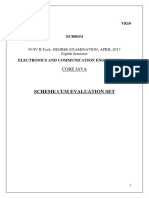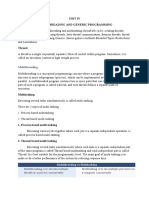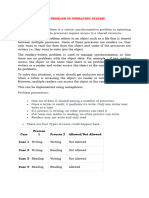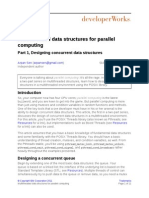0% found this document useful (0 votes)
59 views83 pages#OS Lecture Note 2 Process Management-1
The document discusses processes and process management in operating systems. It covers topics like what a process is, process control blocks, multithreading models, process states, creation and termination of processes. It also discusses process scheduling, inter-process communication and deadlocks.
Uploaded by
Dani GetachewCopyright
© © All Rights Reserved
We take content rights seriously. If you suspect this is your content, claim it here.
Available Formats
Download as PDF, TXT or read online on Scribd
0% found this document useful (0 votes)
59 views83 pages#OS Lecture Note 2 Process Management-1
The document discusses processes and process management in operating systems. It covers topics like what a process is, process control blocks, multithreading models, process states, creation and termination of processes. It also discusses process scheduling, inter-process communication and deadlocks.
Uploaded by
Dani GetachewCopyright
© © All Rights Reserved
We take content rights seriously. If you suspect this is your content, claim it here.
Available Formats
Download as PDF, TXT or read online on Scribd
/ 83








